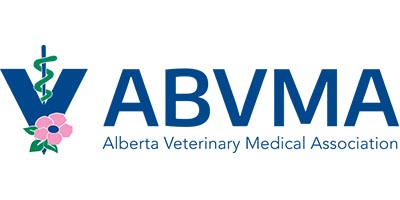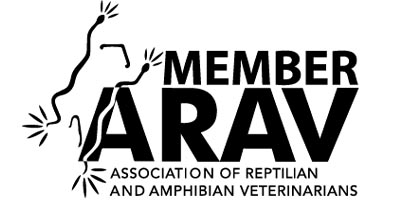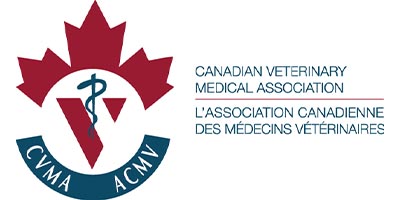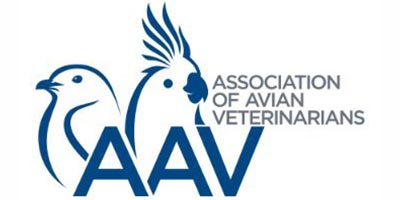Coronavirus: Is my pet at risk?
Much of the news has been dominated by one story for the last couple of weeks: COVID-19. We have started receiving calls to our veterinary clinic from worried pet owners, including an ER nurse worried about whether or not she could transmit the virus to her cockatoo. This article will hopefully outline what is known about the virus and the risk to our pets.
What is COVID-19?
COVID-19 (also known as Coronavirus Disease 2019) is a disease due to infection by a subtype of coronavirus. When infected, humans
may show few, if any, symptoms and often mistake it for the common cold. Symptoms of COVID-19 include fever, coughing, and difficulty breathing.
What are Coronaviruses?
Coronaviruses were identified in the mid-1960s and are known to infect humans and a variety of animals (including birds and mammals). These are enveloped RNA viruses in the order of Nidovirales. When viewed under an electron microscope, the virus has a crown-like appearance which is why it was named after the Latin word corona, meaning ‘crown’ or‘halo’.
There are four main types of coronavirus: Alphacoronavirus, Betacoronavirus, Deltacoronavirus, and Gammacoronavirus.
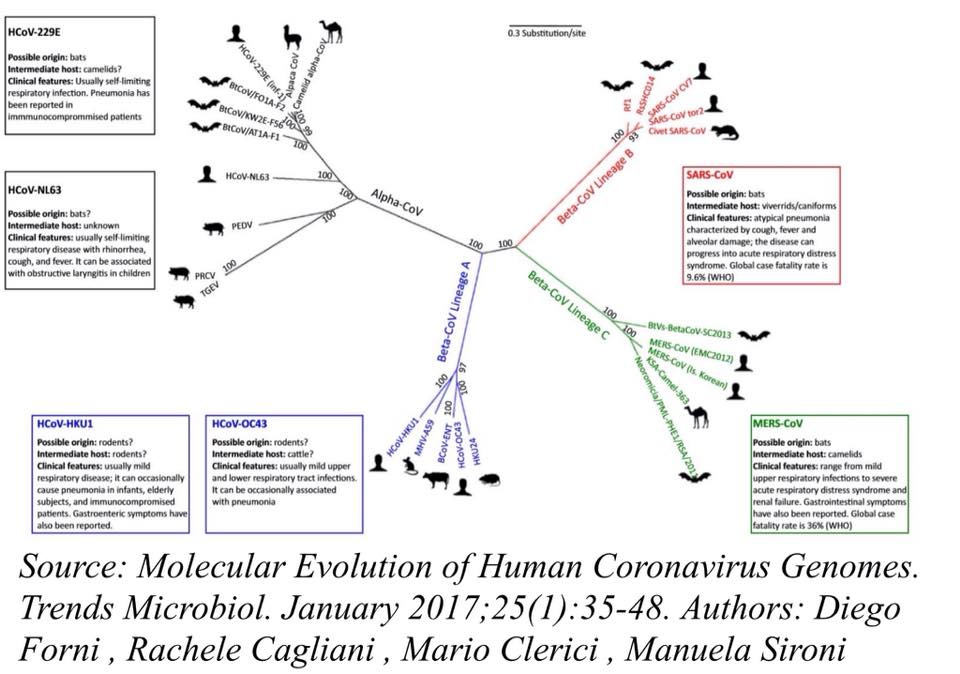
The most significant characteristic of coronaviruses is their ability to mutate which ultimately means they have the potential to jump hosts relatively easily.
Which coronaviruses cause disease in humans?
To date, there are seven coronaviruses that are known to infect humans and cause disease:
– The common cold: can be due to infection by Betacoronavirus HCoV-OC43, Betacoronavirus HCoV-HKU1, or Alphacoronavirus HCoV-229E. (Please note that there are over 200 viruses that have been linked to symptoms of the common cold including Rhinovirus, the most common virus associated with human colds)
– Pseudo-croup and bronchiolitis in children: due to Alphacoronavirus HCoV-NL63
– Severe Acute Respiratory Syndrome (SARS): due to Betacoronavirus SARS-CoV
– Middle East Respiratory Syndrome (MERS): due to Betacoronavirus MERS-CoV
– COVID-19: believed to be due to a novel Betacoronavirus (SARS-CoV-2) which is genetically very similar to the one that caused SARS. This virus is still being studied.
How are animals playing a role in the spread of coronavirus?
For SARS-CoV, bats were the likely origin of the virus, which further spread to Himalayan palm civets, Chinese ferret badgers and raccoon dogs at the wet markets of Guangdong, China. People handling or consuming these animals were infected and further spread the virus through human-to-human transmission.
For MERS-CoV, dromedary camels are important animal reservoirs of the virus and are considered the main intermediate animal host source for human MERS-CoV infections. Contact with infected animals can be a route of infection. Zoonotic infections due to the consumption of raw camel milk, or other camel products related to MERS-CoV infections have also been reported. Once in the human population, the virus spreads person-to-person and has resulted in healthcare-associated outbreaks, particularly in Saudi Arabia, the United Arab Emirates, and South Korea. This leads to the transmission of the virus to people sharing a room with a MERS patient or to healthcare workers and visiting family members tending to MERS infected individuals.
For COVID-19 (SARS-CoV-2), the exact origins of this strain of the coronavirus is still under investigation. Initial reports suggested that the virus may have been introduced from snakes but this has been disproven. Current studies are focusing on bats and pangolins as potential sources of this coronavirus.
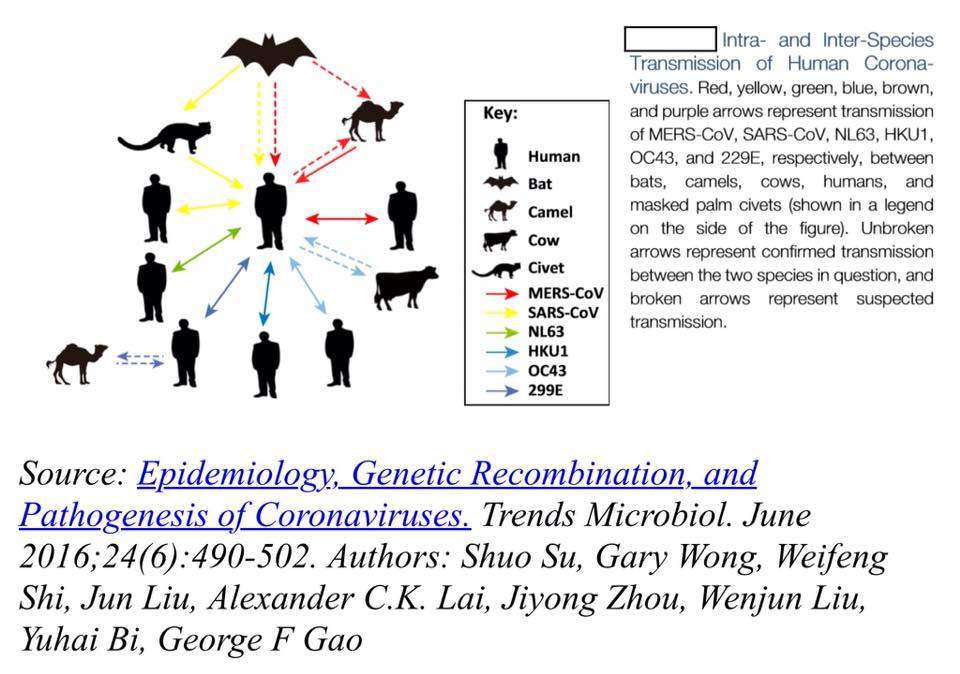
How is COVID-19 transmitted?
The transmission of COVID-19 from person-to-person is primarily through respiratory droplets produced when an infected person coughs or sneezes. It may be possible that a person can get COVID-19 by touching a surface or object that has the virus on it and then touching their own mouth, nose, or possibly their eyes, but this is not thought to be the main way the virus spreads.
Is my pet at risk?
The idea that pets may be at risk is due to the discovery of a dog in Hong Kong that tested weakly positive for COVID-19. However, the owner of the dog was infected by COVID-19 and likely the source of the virus. While the dog was quarantined as a precaution, it has not shown any signs of the disease. Thus, the test likely detected the presence of the virus on the dog but not infecting the dog.
It is important to remember that: Social distancing includes your pets. Keep your pets away from other people and animals outside your household, just like you should be doing with yourself.
BIRDS: While mammals are mostly infected by alphacoronaviruses or betacoronaviruses, birds are predominantly infected by deltacoronaviruses and gammacoronaviruses. Within the gammacoronavirus group, the main representative is avian coronavirus which is known to cause Infectious Bronchitis, a highly contagious disease in chickens. There have been no reports of transmission of avian coronaviruses to people.
FERRETS: Ferrets are commonly infected by coronaviruses that are not transmissible to people. The two most common coronarvirus infections in ferrets are both alphacoronaviruses: Ferret enteric coronavirus (FRECV) and ferret systemic coronavirus (FRSCV). FRECV is associated with foul smelling diarrhea, dehydration, anorexia, hyporexia, lethargy, weight loss, and vomiting. FRSCV is an emerging fatal disease seen in young ferrets (average age 11 months) and is progressive throughout several weeks to months. Clinical signs include anorexia, weight loss, diarrhea, and large intra-abdominal masses.
However, the SARS-CoV-2 virus may be different.
Previous studies have shown that the virus that caused SARS in 2003 could be shed by ferrets and cats (reference: Virology: SARS virus infection of cats and ferrets. Authors: Martina BE, Haagmans BL, Kuiken T, Fouchier RA, Rimmelzwaan GF, Van Amerongen G, Peiris JS, Lim W, Osterhaus AD. Nature. 2003 Oct 30;425(6961):915). Furthermore, the SARS virus was able to cause clinical signs in ferrets (fever, sneezing, nasal discharge) and these ferrets could transmit the SARS virus/disease to other ferrets.
This is something of note as the COVID-19 virus and the SARS virus are genetically very similar.
According to the author of the ‘Worms & Germs Blog’ by Scott Weese DVM:
“it’s not surprising to see that ferrets are susceptible to SARS-CoV-2 infection, as described in a pre-proof manuscript from the journal Cell Host & Microbe (Kim et al. 2020). It’s a small but important study.
The short version:
Ferrets were experimentally infected and developed fever, lethargy and cough.
Ferrets in direct contact with infected ferrets got sick too.
Ferrets in adjacent cages got infected (i.e. virus was passed to them) but they didn’t get sick, showing that the virus was spread by indirect contact, but that the amount of virus spread this was was probably low and not enough to cause disease.”
It is strongly recommended that anyone infected with SARS-CoV-2 (COVID-19) keep a safe distance from their pet ferrets to prevent transmitting the disease to them. If a ferret is exposed to an infected person, keep it away from other people (and other pets).
RABBITS: In 1961, an infectious disease in rabbits was identified which resulted in significant damage to the heart. This was later recognized as an Alphacoronavirus but further differentiating of the virus has not been completed. This virus is so reliable at causing heart disease in rabbits that it has been used in laboratory settings as the animal model for studying heart disease development in humans. Young rabbits aged 3 to 10 weeks have been shown to be susceptible to rabbit enteric coronavirus. This disease leads to profuse watery diarrhea, poor growth, and acute death. Neither of these rabbit viruses have been found to be a source of disease for people.
How do I prevent COVID-19?
Proper hygiene can help reduce the risk of infection or spreading infection to others. This is best accomplished by washing your hands often with soap and water for at least 20 seconds, especially after using the washroom and when preparing food. If soap and water are not available, use alcohol-based hand sanitizer. When coughing or sneezing, cough or sneeze into a tissue or the bend of your arm, not your hand and dispose of any tissues you have used as soon as possible in a lined waste basket and wash your hands afterwards. Avoid touching your eyes, nose, or mouth with unwashed hands. It is recommended that the following high-touch surfaces are frequently cleaned with regular household cleaners or diluted bleach (1-part bleach to 9 parts water): toys, toilets, phones, electronics, door handles, bedside tables, and television remotes.
Important points to remember:
– IF YOU HAVE COVID-19, restrict your contact with pets and other animals, just like you would with other people in that situation. This may be especially true for cats and ferrets.
– IF YOU HAVE COVID-19: When possible, have another member of your household care for your animals while you are sick
– IF YOU HAVE COVID-19: Avoid direct contact with pets, including petting, snuggling, being kissed or licked, and sharing food
-IF YOU HAVE COVID-19: If you must care for your pet or be around animals while you are sick, wash your hands before and after you interact with pets and wear a face mask if directed to do by your physician
– As a matter of everyday health, it is always a good idea to wash your hands with soap and water after contact with pets to help avoid transmission of more common illness-causing agents, such as E. coli and Salmonella
– Don’t let other people outside of your household handle your pets at this time—the exception being if your pet needs veterinary care
– The following statement bears repeating:
Social distancing includes your pets. Keep your pets away from other people and animals outside your household, just like you should be doing with yourself.
If you are concerned that you are at risk, please contact your healthcare provider for guidance.


